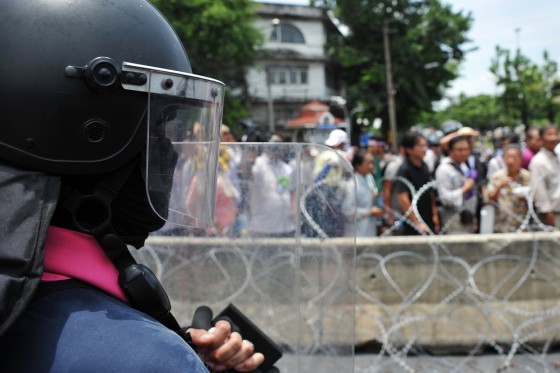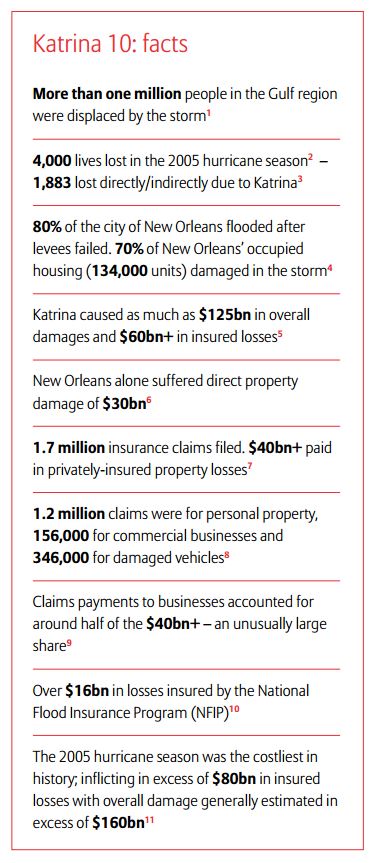From the Middle East to Eurasia to Eastern Europe, events and potential events that translate into political risk fill the news.
Political risk is instability that damages or threatens to damage an existing or potential asset, or significantly disrupt a business operation. Examples include sustained political and labor unrest, terrorism and violent conflict. This risk is increasingly regional in nature, as the Arab Spring and sudden spread of Islamic State control demonstrate.
According to the new Clements Worldwide Risk Index, political unrest is the number one concern among top global managers at multinational corporations and global aid and development organizations.
Risk managers in these organizations responded in the Worldwide Risk Index survey that political risk and instability—including cyber attacks—are real and growing. Twenty-eight percent of top managers surveyed stated political unrest was their top concern, while 25% cited kidnapping, and nearly 10% cited terrorism.
When it comes to terrorism, the Worldwide Risk Index results align with the data. The U.S. State Department’s Annual Country Report on Terrorism released recently indicates that the number of terrorist attacks worldwide in 2014 increased 35%, while total fatalities from terrorism activities grew by 81%, compared to 2013.
But as violence and unrest have increased, readiness for it trails far behind. Twenty-one percent of respondents admitted being “not prepared at all” for a terrorist attack, while 11% considered themselves “very prepared;” 17% said they were “very prepared” for the ramifications of a disease outbreak, while 10% they were “not prepared at all” for that threat; and 21% said they were “not prepared at all” for a cyberattack.
Perhaps most troubling, these concerns and lack of preparedness are impacting business decisions. Twenty-one percent of Worldwide Risk Index respondents had delayed plans to expand into new countries due to rising international risks.
So what can executives do to bring their organizations’ preparedness in line with growing risks around the world?
First, they can invest more in risk management overall. This means emergency planning, training, security and other techniques to manage and reduce risk. An important element is also testing the plan, which typically highlights gaps. Forty-four percent of Worldwide Risk Index respondents increased spending on this activity. While not a majority, it is still a significant percentage of organizations investing more in basic risk management.
Next, corporate executives should consider retaining the services of the growing number of political risk, insurance and security consultancies that provide political intelligence. While the quality of these firms vary and they are not a substitute for direct experience, these companies provide useful insights into potential risks one might encounter, especially when starting operations in a new location. Risk managers can also personally monitor catalysts to political unrest, such as elections, which are often linked to demonstrations and disturbances in developing countries, particularly with the rise of social media. Elections and other catalysts have caused disruptions in surprising places around the globe, such as Thailand. Corporate executives, including risk managers, need to understand that no country is absolutely “safe” anymore.
Finally, organizations need to consider increasing their spending on international insurance. Fifty-seven percent of the respondents to the Worldwide Risk Index report doing just that. There are more options than ever before for political violence and risk, kidnap and ransom (K&R), evacuation and related policies. Organizations can work with individual carriers, or with brokers who can help tailor policies to specific risk profiles. The best organizations link their brokers or insurance carriers to their overall risk management strategy and ensure their plans include which broker to contact in case of which emergency, as it may differ for a medical versus a property event.
The global economy is more integrated than ever, with more markets opening every year. Yet global supply lines and other business operations and investments are more dependent on particular political factors than at any time in modern history. Political unrest, instability and even conflict are “normal” realities that drive business decisions in evermore areas of the world. This risk can be managed. To do it, executives need to get serious about bringing their risk management strategies into line with the new “facts on the ground.”




